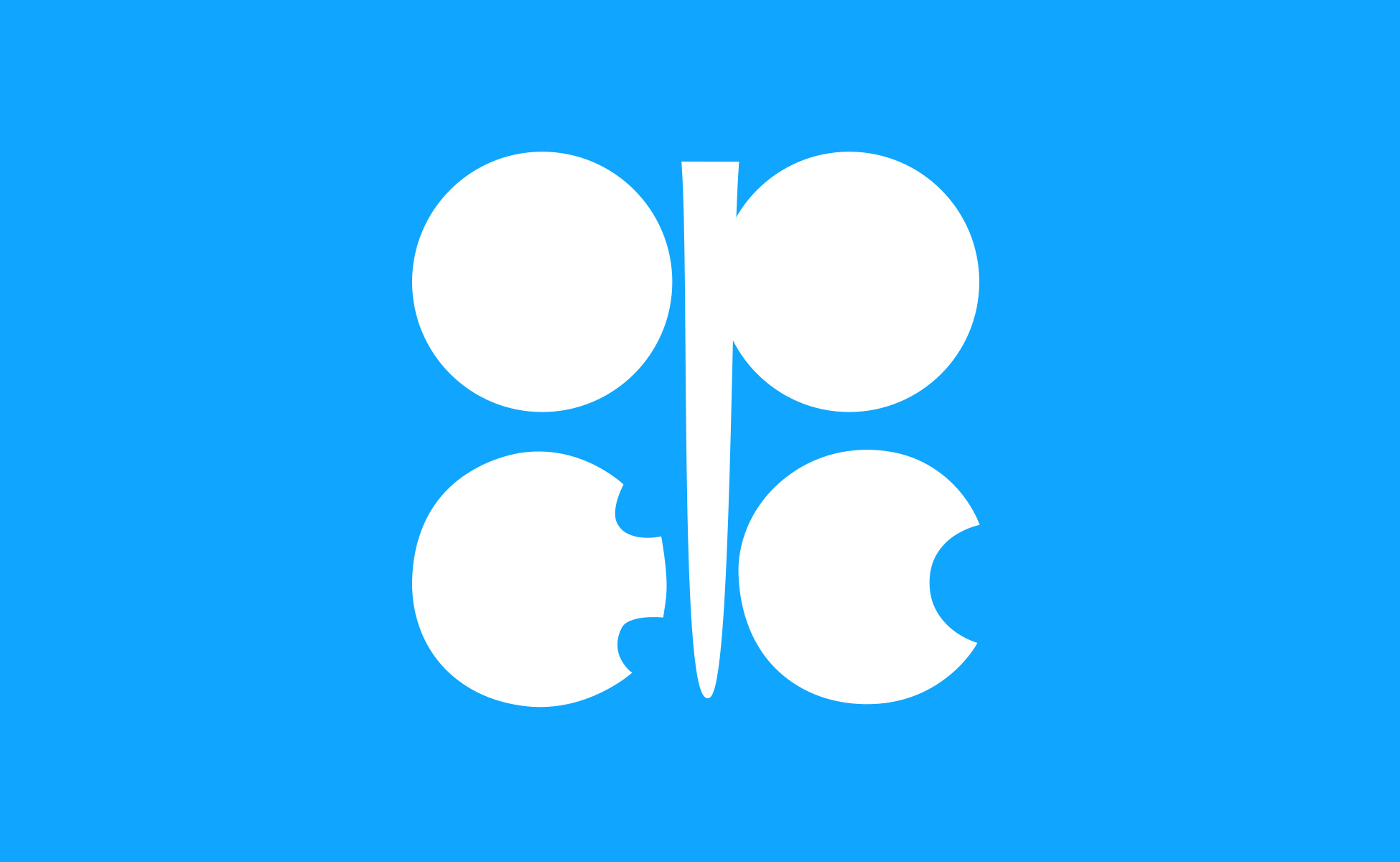Oil rises nearly 1 pct as OPEC defers extension of output cuts

Oil prices ended nearly 1 percent higher on Friday, close to their highest levels in months, as major producers meeting in Vienna said they may wait until January before deciding whether to extend output curbs beyond the first quarter.
“I believe that January is the earliest date when we can actually, credibly speak about the state of the market,” Russian Energy Minister Alexander Novak said after the Organization of the Petroleum Exporting Countries and other major producers finished meeting.
Other ministers said a decision on extending cuts could be taken in November when OPEC holds its next formal meeting.
Jim Ritterbusch of Ritterbusch & Associates in Chicago said delaying a decision allows producers “to leave some arrows in their quiver to throw something bullish at the market at their November meeting” if necessary.
He said Brent futures got an additional boost in late trade when Nigeria’s oil minister said in Vienna that his country, which OPEC had exempted from the output cuts, was actually pumping less crude than its agreed cap.
Brent crude rose 43 cents, or 0.8 percent, to settle at $56.86, a penny shy of the session high which was also the highest since March.
U.S. West Texas Intermediate (WTI) crude settled at $50.66 a barrel, up 11 cents or 0.2 percent, within a few cents of its May peak.
For the week, Brent posted a gain of 2.2 percent, while WTI was up 1.5 percent.
Oil prices have gained more than 15 percent in three months, suggesting OPEC-led output cuts of 1.8 million barrels per day have reduced the global crude glut. Rising demand has also helped balance the market.
Tony Headrick, energy market analyst at CHS Hedging LLC in Inver Grove Heights, Minnesota, said “the market is moving toward balance.”
He cited strong demand for distillates, especially European gas oil. This, he said, “is supporting Brent and in turn is supporting U.S. products and WTI as well.”
Rising U.S. output has somewhat offset OPEC-led production cuts.
The U.S. government reported that crude production rose to 9.51 million bpd last week, resuming output close to levels before Hurricane Harvey hit the Gulf Coast in late August.
However, the number of U.S. oil rigs operating, an indicator of future production, fell for the third straight week as a 14-month drilling recovery stalled as companies pared back on spending plans when crude prices were softer.
The closely-watched Baker Hughes rig count was on track for a second month of losses in a row and its biggest monthly decline since May 2016.
Still, CHS Hedging’s Headrick said “the U.S. oil producer has proven to be very resilient in the face of lower prices. Now that prices are higher, the U.S. producer should continue to press production higher.”
During the session, the discount of WTI to Brent futures <WTCLc1-LCOc1> hit its widest since August, 2015 as U.S. crude was pressured by hurricane damage to U.S. refineries.
The spread “could stretch a bit further” but U.S. refinery restarts and growing U.S. exports should eventually lift WTI prices and narrow the spread, Ritterbusch said.









0 Comments